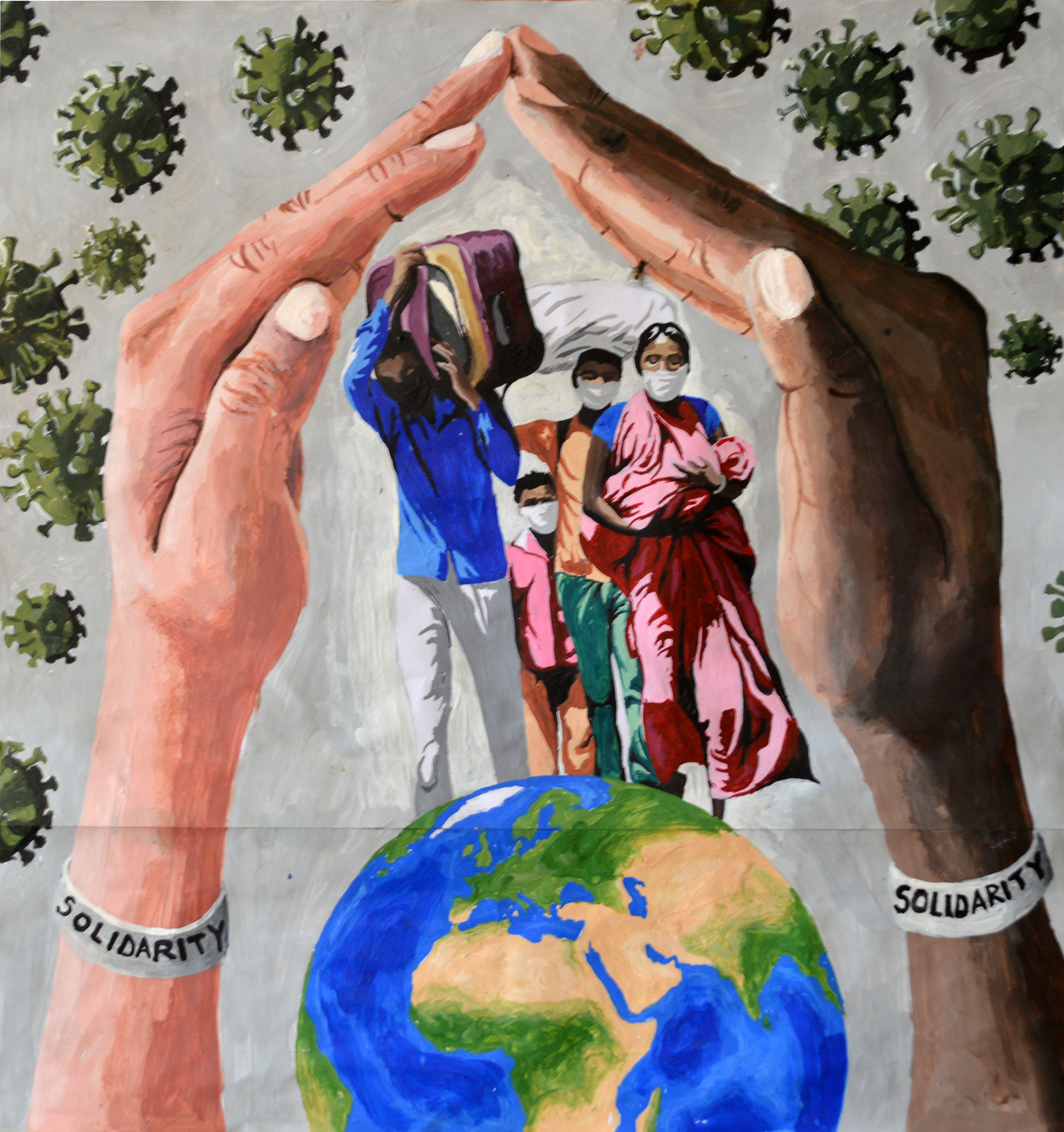The effect on migrant populations can be seen in analyses from the few countries that do collect health data by country of birth. In what is likely to be an under-reporting of the true situation, in Sweden, for example, 32% of people testing positive for COVID-19 (from the start of the pandemic to May 7, 2020) were migrants, mainly from Turkey, Ethiopia, and Somalia. In Norway, 42% were migrants, according to the Norwegian COVID-19 national datasets as of April 27, 2020, and the highest proportion of these migrants were born in Somalia. In Ontario, Canada, 44% of people testing positive for COVID-19 were migrants (to June 13, 2020), with refugees more likely to test positive (10%) compared with other migrants (8%) and Canadian-born people (3%); lower proficiency in the English language was linked to lower levels of COVID-19 testing. Migrants also seem to be over-represented in COVID-19-related hospitalisations and deaths. Studies from Sweden and Italy report a higher risk of COVID-19 deaths in migrants from low-income and middle-income countries; adjusting for sociodemographic characteristics, migrant men from the Middle East and north Africa had a 3-times higher mortality from COVID-19 than people born in Sweden. In Italy, migrants were more likely to be diagnosed late, hospitalised, and admitted to an intensive care unit.
These findings are highly concerning and probably reflect the fact that migrants make up a substantial proportion of front-line workers and many live in deprived areas in overcrowded accommodation, including camps and detention centres where multiple COVID-19 outbreaks have been reported. Importantly, many thousands of migrants across Europe are excluded from health systems, or have reduced access to health services and public health messaging. In June, 2021, the European Centre for Disease Prevention and Control published an overview of these migrant datasets; the report also includes emerging data from Sweden and Norway showing particularly low COVID-19 vaccine uptake rates in migrants, including people from north Africa, Iraq, and Somalia. At-risk migrant communities merit greater consideration in policy and planning going forward, requiring a coordinated intersectoral response to support initiatives to reduce transmission and to facilitate timely and equitable vaccine uptake.

No comments:
Post a Comment